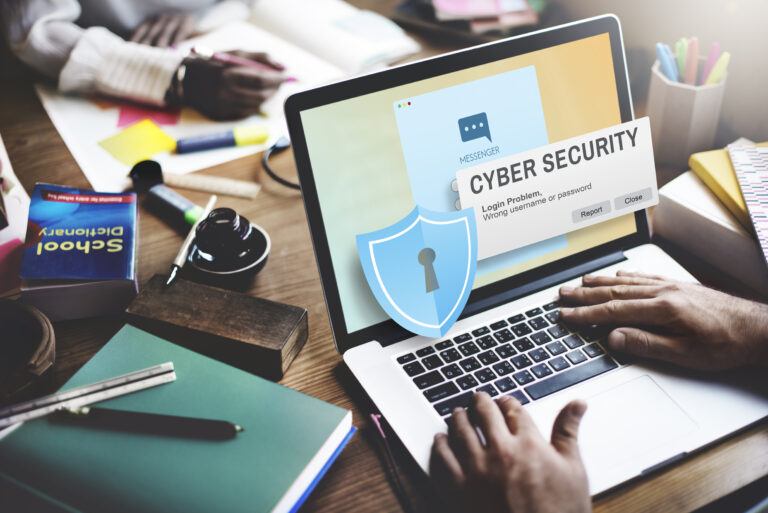5 Tips for Adding Typing to Your Library Curriculum

By Toni Wimmer
With all the many subjects and skills today’s students need to learn and the limited resources schools have to teach them, it’s not uncommon for subjects that once had their own class to get folded into other courses. As an elementary librarian, I’ve seen this firsthand at my own schools, where we’ve recently incorporated typing instruction into the larger library curriculum. It’s a natural fit in many ways—typing is an integral part of the research and digital citizenship instruction we mostly focus on.
Still, adding new material to cover in your limited class time—and especially material that requires regular practice like typing—can make fitting in all the information you need to cover challenging. Here are a few suggestions to help navigate the transition.
1) Ask for more time
As librarians, we understand how much we have to get through to cover all of our curriculum. When you add typing, it’s going to leave less time for the rest. To avoid cutting anything from your curriculum, see if you can get a little extra time added to library sessions. It doesn’t have to be huge. If you currently have 40–45 minutes, see if you can get 10 minutes more.
2) Take advantage of curriculum redesigns
We just redesigned our library curriculum over the summer. The impetus was to try to bring more digital citizenship instruction into the class, but it’s also a good opportunity to look for places to squeeze in anything new, like typing.
3) Use a typing program
A good typing program will have lessons well mapped out, so you can focus on other areas of instruction without worrying about the nuts and bolts of typing.
Typing programs are also fun! That means students aren’t going to drag their feet when you tell them it’s time to work on their typing. It means that transitioning from the previous activity to keyboarding is more likely to go smoothly and efficiently. Often my students come into class asking, “Are we going to get on TypeTastic today? Are we going to get on it?”
Sometimes I tell them we need to get a few things done first, and other days I may tell them we’re going to start out with 20 minutes of typing practice.
4) Use typing as a warmup
Typing practice makes for a great warmup! Having students practice their keyboarding for a brief time at the beginning of class, say 10–20 minutes, can help settle them into the library and get focused on learning while also sharpening their keyboard skills.
5) Have students practice at home
If you’re lucky enough to teach in a 1:1 computing school, have your students practice at home.
I like to use the smartboard in the library to show students what keys they’ll be using, what fingers they should use to reach them, and otherwise model proper technique, but most typing practice is well suited for individual study. If all your students have access to computers outside of school, assign it as regular homework and keep those precious classroom minutes free for activities and instruction that require more direct teacher support.
It can be a challenge to figure out where to squeeze typing into a library curriculum, but with a little creative thinking, it’s far from impossible. And it’s so important, too. Keyboards are not just the interface these students will use to access library resources, but the tool they’ll use to find information and communicate with the world for the rest of their academic and professional lives.
Toni Wimmer is the Elementary Librarian at Oak Flat Elementary and Newville Elementary in Newville, Pennsylvania.


